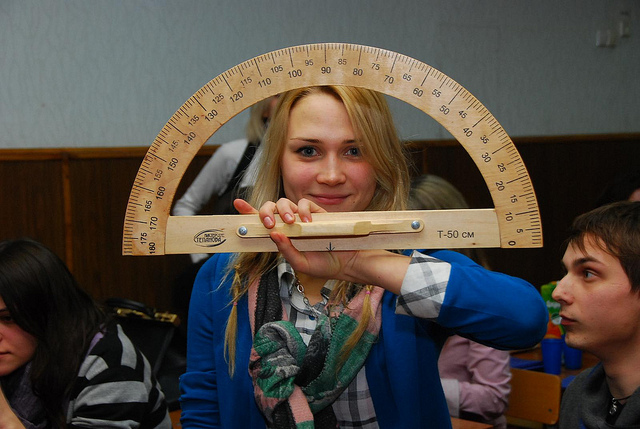You will need
- educational materials, tables, timetable, certificates for students, flowers
Instruction
1
First and foremost, the design of the Cabinetand mathematics must be normative and learning materials. They allow one to better learn the curriculum. Remember, however, that one office will come to children from 5 to 11, so some allowance to hang and position so they can shoot or hang the other. Younger children can be very distracted by unusual geometric shapes and their three-dimensional model.
2
Proceeding from the financial possibilities of the school, purchase a variety of posters, tables, layouts. Not superfluous will be to place in the Cabinete portraits of famous people, made a huge contribution to the development of mathematical science.
3
In stores now have a large selection of textbooks on mathematics. To better understand what exactly to buy, take pre-measurements of the Cabinet. Sketch on paper a plan how many tables and what size will fit on the walls where you can put up a stand for visual AIDS. If space in the Cabinet, not so much, prefer salaminians print media. You will be able to roll up and clean. In this way they will not take up much space in the cupboard as, for example, hard table, made on a wooden basis.
4
Allocate space for the booth with additional information. Place it on the schedule of lessons, electives or residency, students received certificates and other materials, covering the life of the school and classes. We also exhibit children's drawings devoted to mathematics.
5
In addition to teaching materials, in the design officeand include those things that adorn the room and create comfort. Will be especially good if you fill the Cabinet potted flowers. But at their choice be guided by the fact that if the greenery hanging down, it should not interfere with the passage or students sitting beside her. If you put the plants on the windowsill, do not bring large spreading flowers, they will block the sunlight, and it should be enough. To make the flowers even better fit the General design of the studyand of mathematics, the pots can be glued formulas and figures, cut from paper, or draw them with paint.
